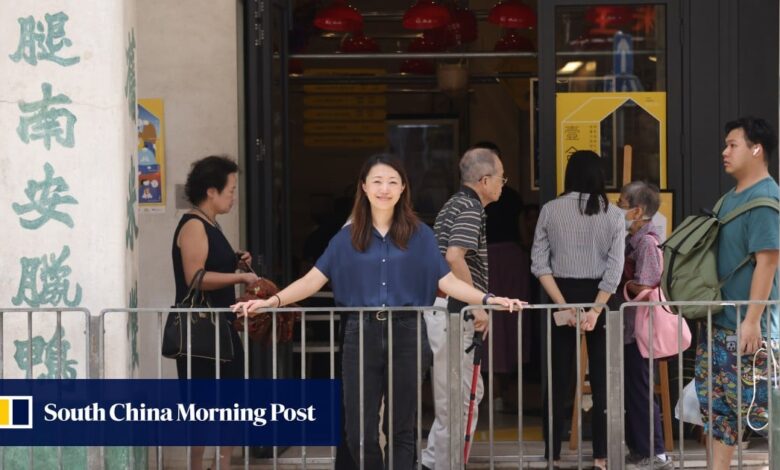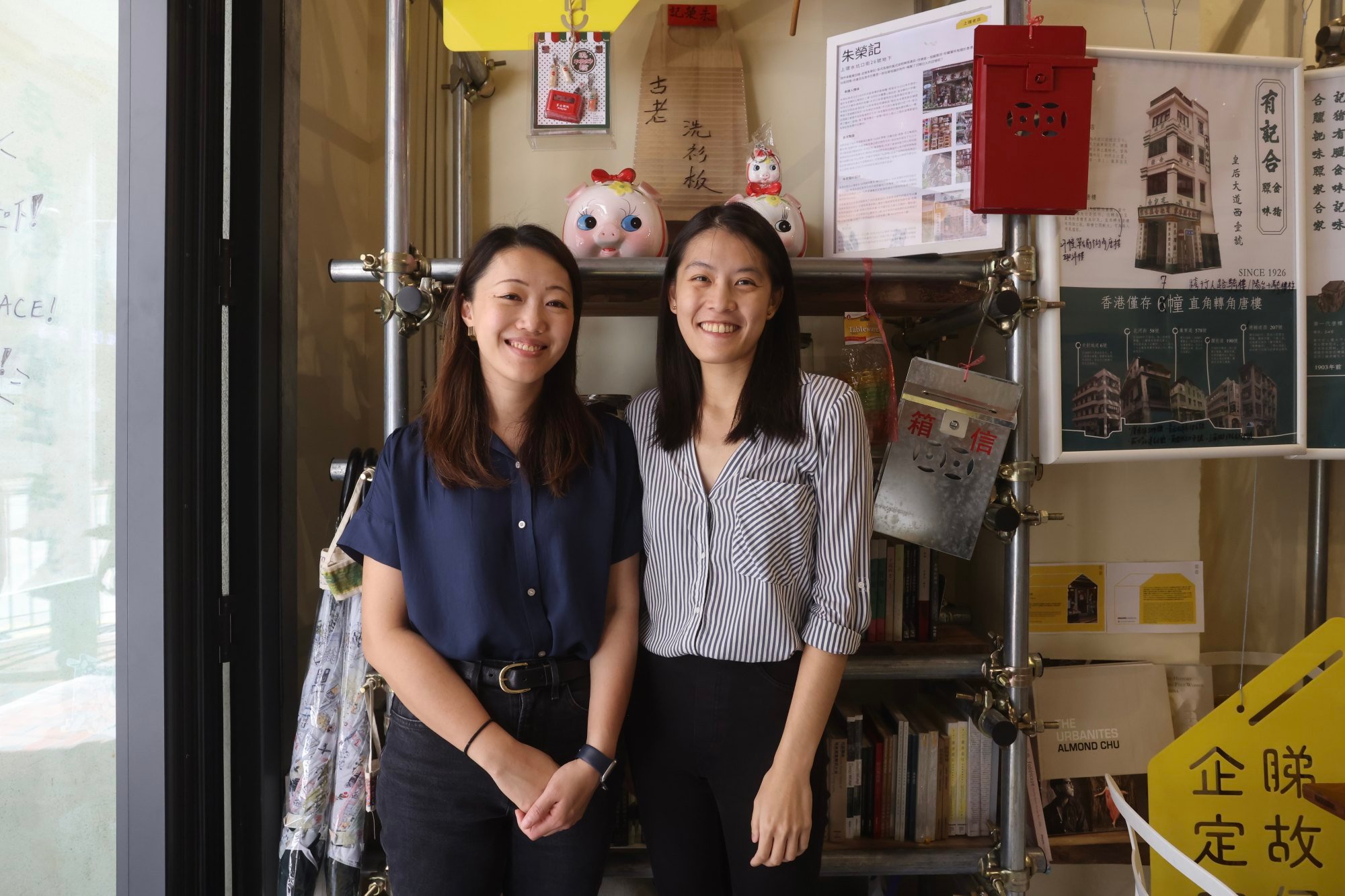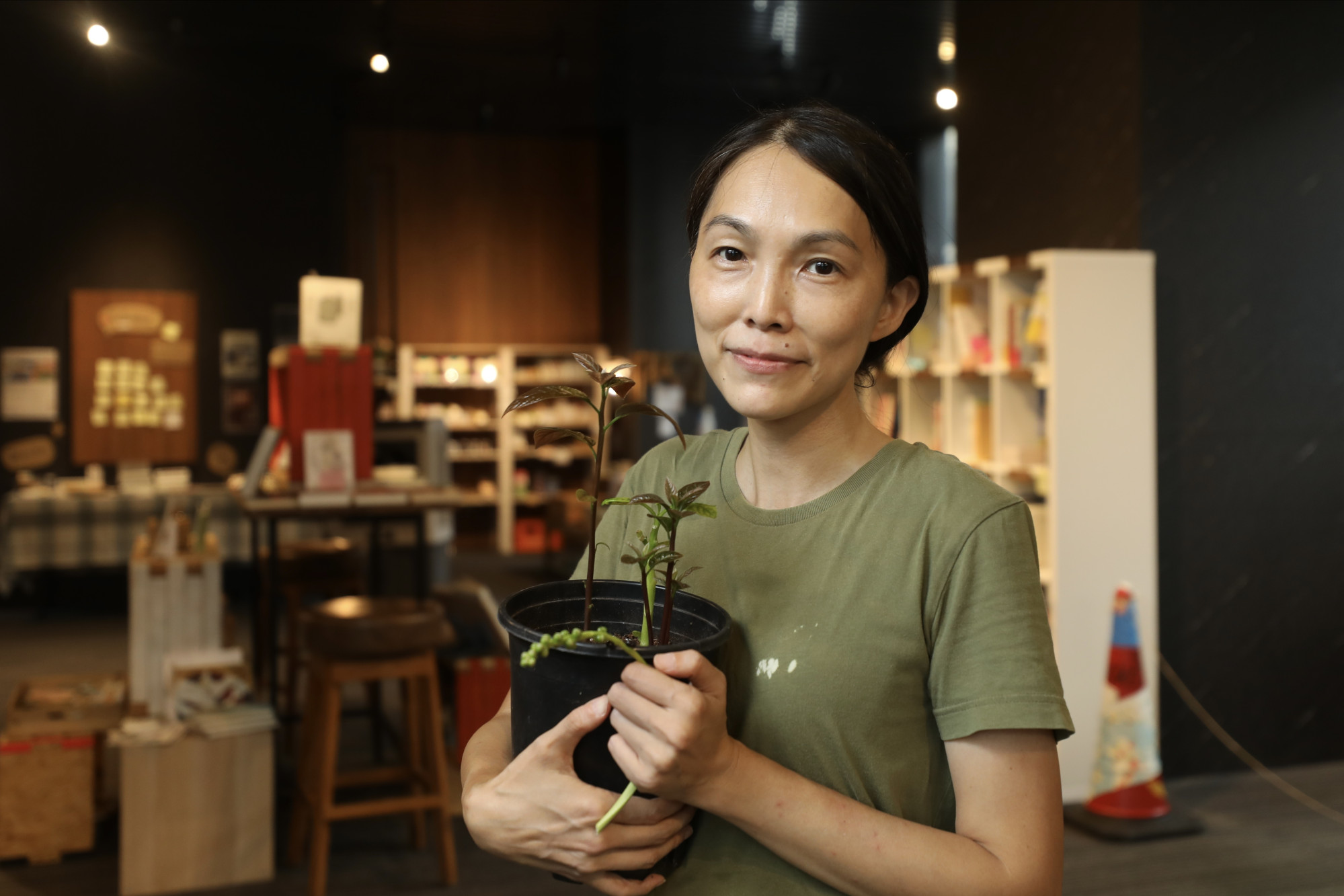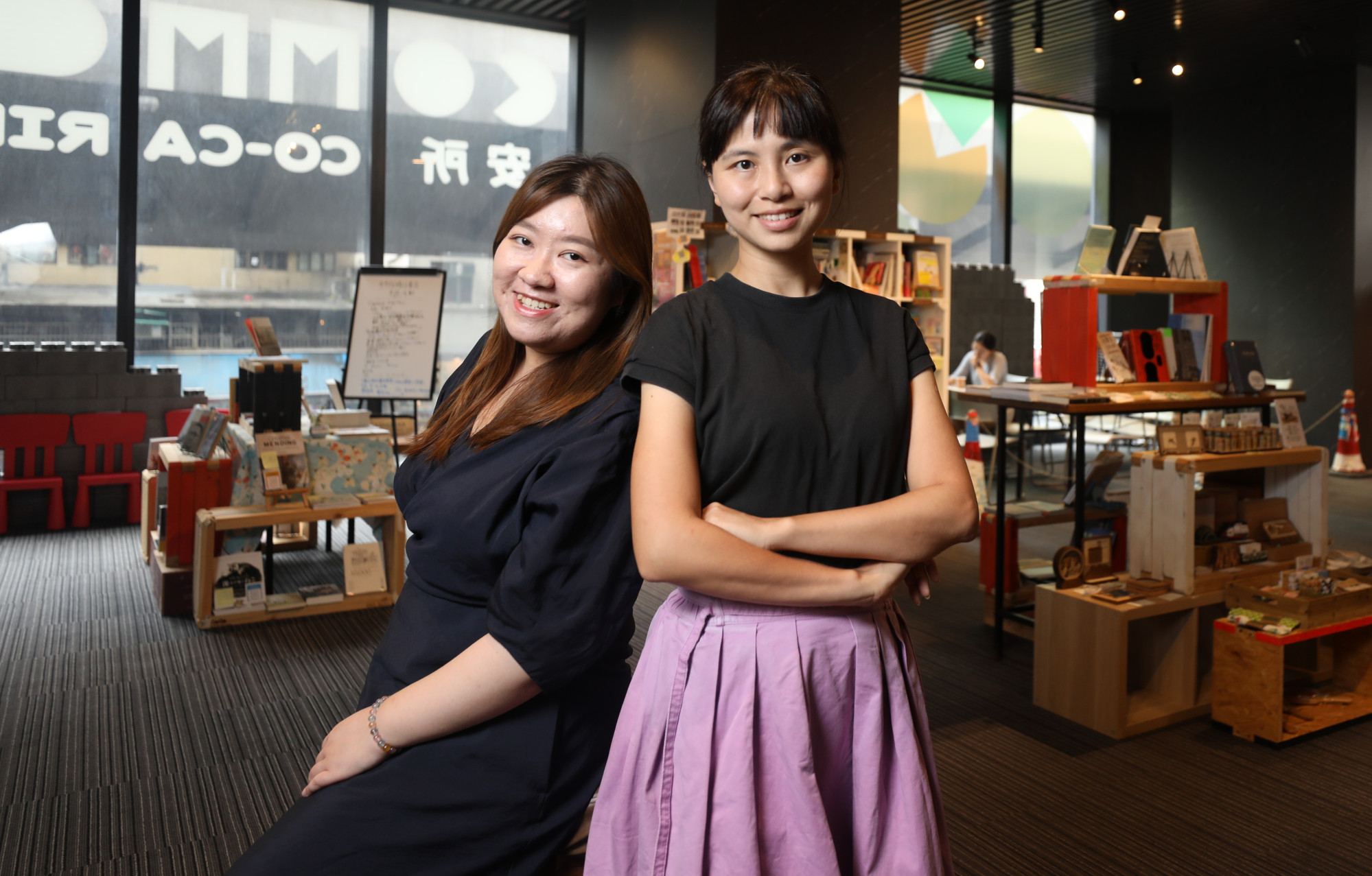‘Space to breathe’: vacant premises turned into ‘third places’ by Hong Kong NGOs, landlords offer residents cultural sanctuary to mingle, make friends, relax

[ad_1]
“People need spaces like this to express feelings and find comfort, though such a need is greatest among the underprivileged,” she said.
The Yau Kee Hop meeting spot is a pop-up “third place”, inspired by a concept of American urban sociologist Ray Oldenburg in the 1980s.
According to him, people’s homes are their “first places”, workplaces are “second places” and informal public areas are “third places” to meet and interact with others.
‘Create a mood’: Hong Kong hopes to turn night markets into magnets with bazaars
‘Create a mood’: Hong Kong hopes to turn night markets into magnets with bazaars
Aware that many Hongkongers struggle to find such spaces, some NGOs in the city have begun turning vacant retail premises into third places temporarily.
Along similar lines, the city’s welfare authorities have also said they will set up “community living rooms” for families living in subdivided flats to use and help build a mutual support network.
Architect Sarah Mui Sze-wah saw an opportunity to make use of the Yau Kee Hop space when she met the landlord, who was exploring ways to use it as a hub for social connection.

The co-founder of One Bite Social, an NGO that promotes the rethinking of urban spaces, she decided to open a pop-up third place there for seven weeks from late July to mid-September.
She was concerned that when buildings were vacant and fewer people came by, there would be a negative impact on the community.
“We want to identify the unmet needs of the community, and explore what function the space can serve and what tenant would fit the best in the future, our landlord was eager to know the answer too,” Mui said.
Hong Kong’s empty retail space falls to 3-year low as mainland shoppers return
Hong Kong’s empty retail space falls to 3-year low as mainland shoppers return
With rentals and utilities waived by the landlord, and operation costs covered by crowdfunding and sponsorships, it took her team a month to open the centre.
From 11am to 2pm daily, neighbourhood residents drop in to sit and chat. Some workers bring their lunch to eat there.
During the rest of the day, the place buzzes with activities ranging from social services to movie nights, meditation sessions, health check-ups, music shows and “human library” events where people tell stories of their lives.
These are provided in collaboration with more than 30 partners.
The Hong Kong charity using food and ‘humanity’ to help disadvantaged youth
The Hong Kong charity using food and ‘humanity’ to help disadvantaged youth
Programme manager Stephanie Cheung Yu-sze said the activities were well-received, and she felt the location helped too – Yau Kee Hop had been an “anchor of the community” for decades.
“We observed a genuine craving for connection among people, that was largely absent in the past three years due to the pandemic,” she said.
With the pop-up closing soon, the team was evaluating the social experiment and looking at ways to extend its impact.
Across Victoria Harbour at Uplace, a shopping centre in the old neighbourhood of To Kwa Wan, another NGO has been running a third place called “COMM, ON”.
Social Ventures Hong Kong (SVHK) accepted an invitation from landlord Uni-China Asset Management to turn 3,000 sq ft of vacant retail space into a pop-up centre from July to October.
How has Hong Kong’s West Kowloon arts hub landed in financial trouble?
How has Hong Kong’s West Kowloon arts hub landed in financial trouble?
Uni-China’s head of asset management Joe Ho Kam-yiu said the company could not find a long-term tenant, so it decided to offer the space at a 10 per cent discount.
He said: “Instead of leaving it unused, why don’t we let NGOs organise activities and bring more foot traffic to our businesses, while fulfilling our social responsibilities?”
The company also considered whether the space would fit the shopping centre’s family-friendly positioning, and the needs and characteristics of the neighbourhood.
Books have a place of prominence at the community spot, where people can buy them from small businesses and take part in art and cultural activities.
“There is no bookstore around, that’s one of the reasons we wanted to use books to connect the people,” said James Chong Kwok-tung, founder of Rolling Books, a social enterprise that promotes reading and one of SVHK’s partners.

“We also invite book lovers to sell second-hand books here and organise reading activities they are interested in.”
People who visit are encouraged to use the space too, by hosting life skill workshops for example.
Asta Wong Pui-man, a housewife in her 40s, recently started running gardening workshops.
“I love growing my own veggies, but my happiness reaches another level when I share my passion with others and see them learning to appreciate and respect nature,” she said.
Wong has taken her two children there to use the play area, which has storybooks and toys.

“It’s difficult to find a comfy and safe indoor space where you can relax without spending money in Hong Kong,” she said.
Eve Au Lok-hei, community partnership designer at SVHK, said the group hoped the community spirit evident there would continue after the lease ended.
“When a person finds a sense of belonging in the community and has a platform to do something for it, some social problems could be resolved with such mutual help rather than pricey interventions,” she said.
She also hoped more landlords would work with NGOs in the same way, to use vacant spaces to test social initiatives.
She said it took less than HK$10,000 (US$1,276) and under four weeks to get the Uplace space ready, and all furniture was second-hand or donated.

Harmony Li Duen-yi, SVHK’s head of impact community, said third places were also a platform for companies and policymakers to learn about the community’s needs and help devise future plans more precisely.
“Official data, government policies and media reports let them see the neighbourhood from a bird’s-eye view,” she said. “But through platforms like this, they can see the needs from a worm’s-eye view by truly engaging residents.”
[ad_2]
Source link





